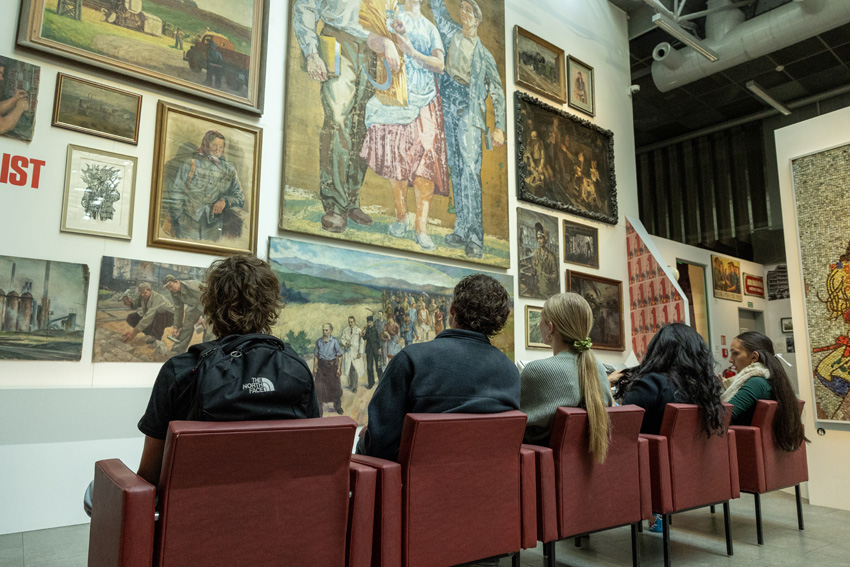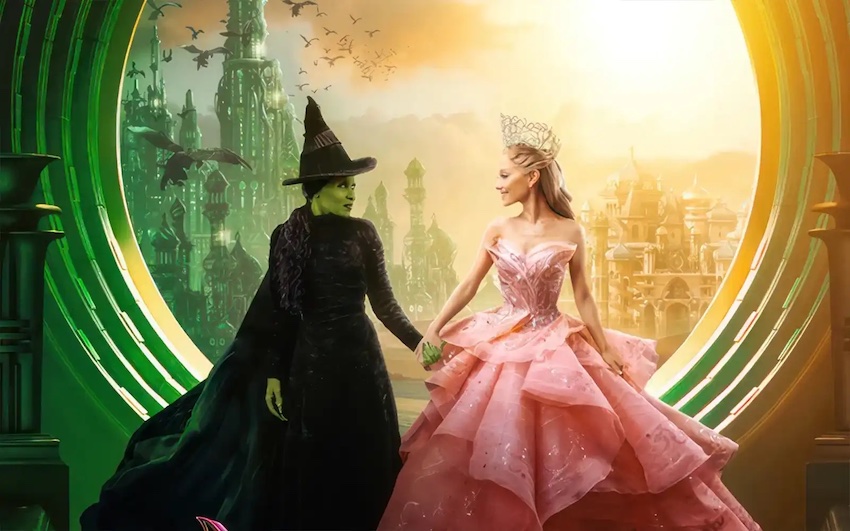Bang! Crash! Pow! The gunman jumps out of the wrecked Sudan and dashes down the street, firing at the police car in hot pursuit. Cursing to himself, he shoots out the windshield and leaps into an alley. He lies in wait, his weapon cocked, as the cops approach.
This scene, and others like it, are played out in multiple movies and TV shows every day. The tension and excitement sell theater tickets, according to movie makers who have violence-ridden films that mount the top five in box offices.
Most view violent and bloody scenes in movies, TV and video games, for entertainment. These events are often added to movies aimed at other themes also.
“I think a little violence is OK, if it’s part of an otherwise good movie,” Kailee Maxey, ’09, said, “but a lot of times it crosses the line and it can influence people. It makes the viewers dwell on violence.”
According to Excite movies, the top earning new release for the week of Oct. 22-26, was the R-rated 30 Days of Night, which accumulated $16 million in it’s first weekend.
The hit movie tells the story of an Alaska town so far north the sun does not rise for 30 days during the winter. This provides the perfect opportunity for bloodthirsty vampires to wreak havoc on the village.
“About 50 kids come to see this movie everyday,” Jessica Fang, shift leader at Edward’s Cinema, said, “and even more try to come in without an adult. It draws children, because it is portrayed as such a scary move; kids like that.”
Besides TV and movies, violent themes can also be communicated through video games. The new game Manhunt 2, which will release on Oct. 31, is rated “M” for mature. The premise of the game is to kill and torture the characters.
“I do not think there is too much violence in video games,” Sean O’Neal, ’08, said, “because there is more violence in most movies and if people want it in their games they can have it. It’s like a NC-17 movie; people can make it, but you don’t have to watch it.”
“It doesn’t affect you,” O’Neal said. “Do you see me walking around the hall punching people? I’m a pretty chill guy, getting head shots in Halo won’t make me blow up at anyone.”
A study by babybag.com states that the average American will witness over 200,000 acts of television violence by the age of 18.
“Although I am a pacifist and don’t really believe in fighting, I think it is simply a guy’s nature to watch violent movies,” Nick Methgen, ’10, said. “I don’t think they really affect me.”
According to Fresno Pacific University professor, Larry Dunn, who teaches peacemaking and conflict studies, believes this type of exposure leads to insensitivity.
“We begin to watch violent movies and TV for excitement and the shock affect,” Dunn said, “but the more that we are exposed to, it produces a sense of numbness; the blood no longer bothers us.”
However, Dunn believes some violence is a part of life. The truth portrayed in the news and programs such as 24, lead viewers to relate violence with reality.
“We should limit our intake,” Dunn said, “if we completely shut ourselves out, we lose touch with what is going on in the world.”
Some students chose to abstain from “R” rated movies on their own. This independent judgment often proves important, since 55% of children watch TV without supervising parents nearby, according to babybag.com.
“I’m not allowed to watch “R” rated movies, but I wouldn’t anyway,” Megan Stewart, ’11, said. “I think it’s pointless to watch violent junk, because it can mess with your mind.”






